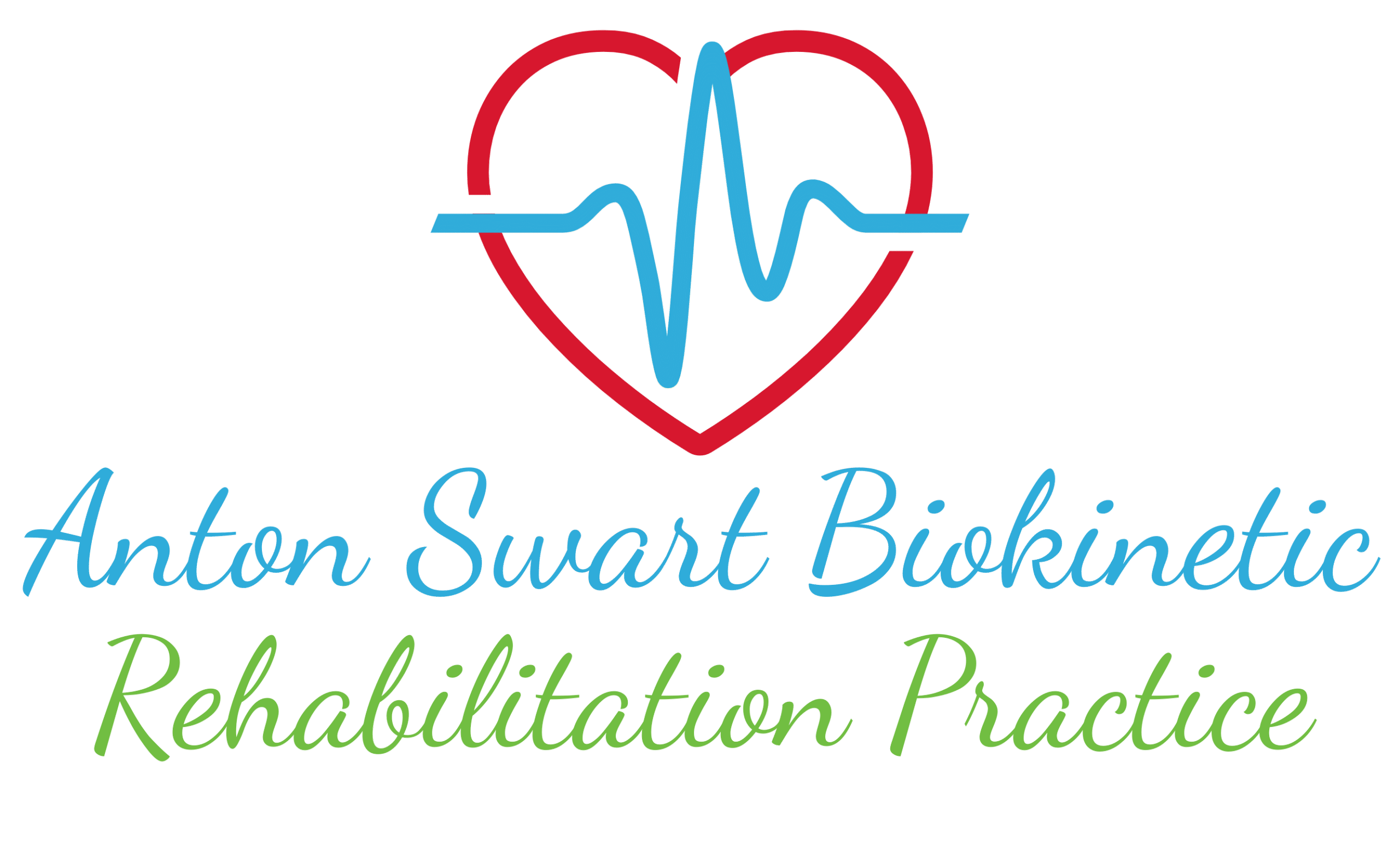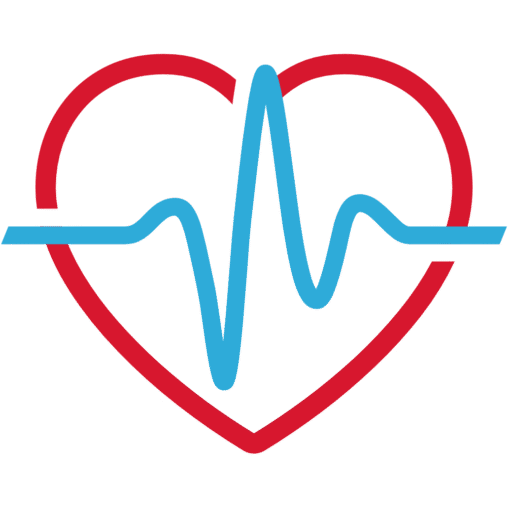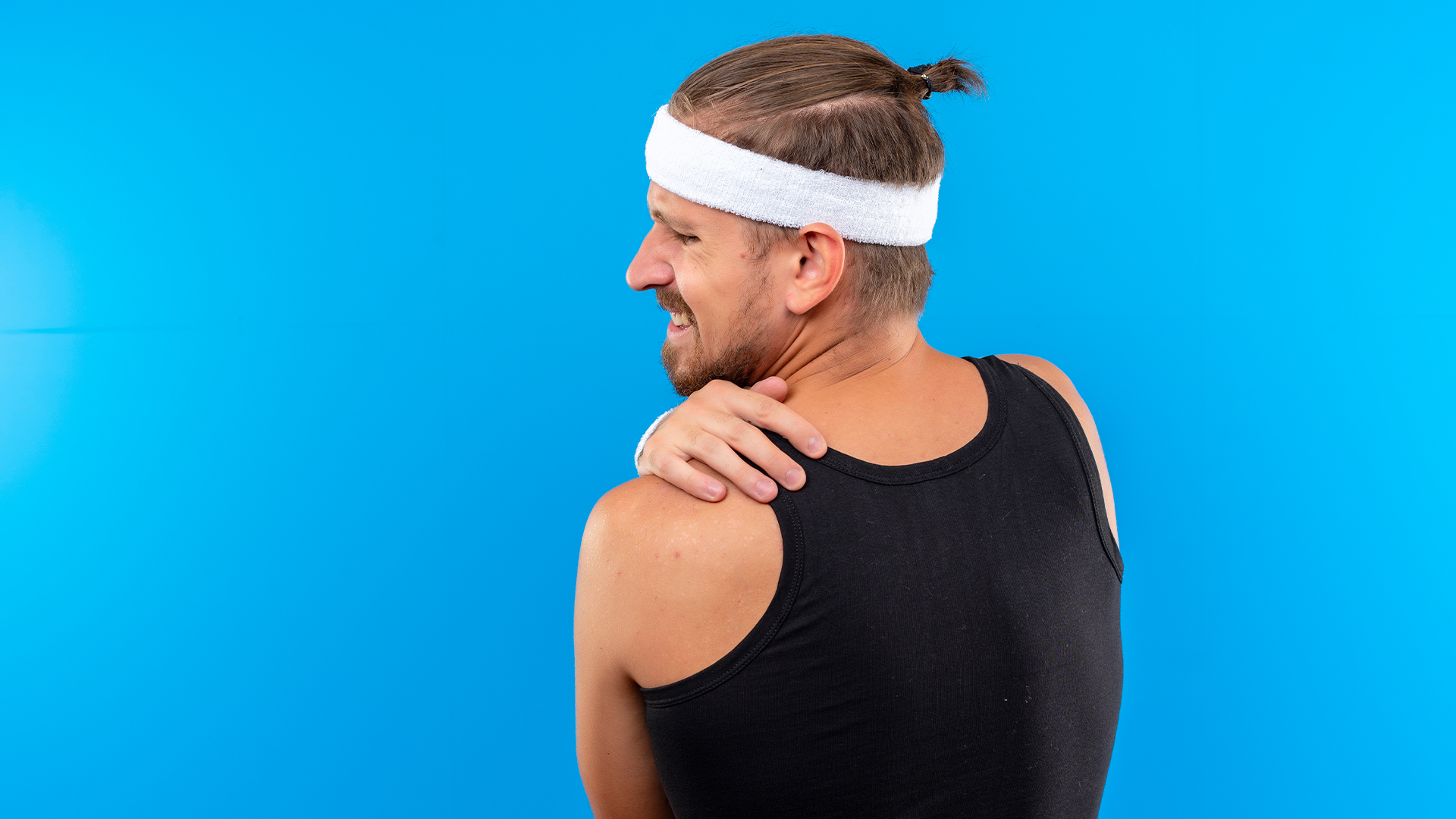Clinical Importance of Biokinetics through the Means of Physical Therapy
Rotator cuff injuries—ranging from tendonitis, partial tears, to full-thickness tears—can significantly impair shoulder function. Whether treated conservatively or with surgical repair, physical therapy is essential to:
1. Restore Functional Shoulder Mechanics:
- The rotator cuff stabilises the glenohumeral joint during movement. Injury disrupts scapulohumeral rhythm, causing weakness, impingement, and dysfunction.
2. Prevent Joint Stiffness and Frozen Shoulder:
- Immobilisation (especially post-op) increases the risk of adhesive capsulitis. Early controlled motion helps maintain mobility.
3. Build Strength and Prevent Recurrence:
- Progressive rotator cuff and scapular strengthening reduces overload on tendons and prevents future breakdown.
Important Exercises and Their Purpose
Rotator cuff rehab follows a stage-based approach, balancing healing tissue protection with progressive loading. The protocol differs slightly between non-operative rehab and post-surgical repair due to healing timelines. Below are the clinically relevant rehabilitation phases:
Phase 1: Protection & Pain Management
Focus: Reduce pain and inflammation, protect the tendon, and prevent stiffness.
Phase 2: Controlled Motion & Isometric Activation
Focus: Restore PROM → AAROM → AROM, initiate safe rotator cuff activation.
Phase 3: Strengthening & Dynamic Control
Focus: Progress strength, endurance, and functional range.
Phase 4: Return to Function & Sport-Specific Drills
Focus: Restore overhead function, dynamic control, and confidence.
Safe Range of Motion (ROM)
Week 0-4
Passive flexion ~90°, ER ~30° (post-op)
Week 4-8
AAROM/AROM to 120–140° flexion, ER to 60°
Week 8-12
Full AROM in all planes with minimal substitution
>12 weeks
Full functional ROM and strength return
Clinical Considerations
- Pain is not a guide for rotator cuff rehabilitation; early tissue strain may not cause pain but can damage the repair.
- Scapular dyskinesis must be corrected alongside cuff work.
- In post-op cases, delayed strength work is key to avoiding retears.
- Use clinical tests (e.g., ER lag sign, drop arm) to track functional return.
Summary
Rehabilitation for rotator cuff injuries must:
- Balance tendon healing with progressive loading
- Restore scapulohumeral rhythm
- Reinforce rotator cuff and scapular strength
- Support long-term function and injury prevention
A successful outcome requires controlled progression, close monitoring, and functional reintegration through staged rehabilitation.




